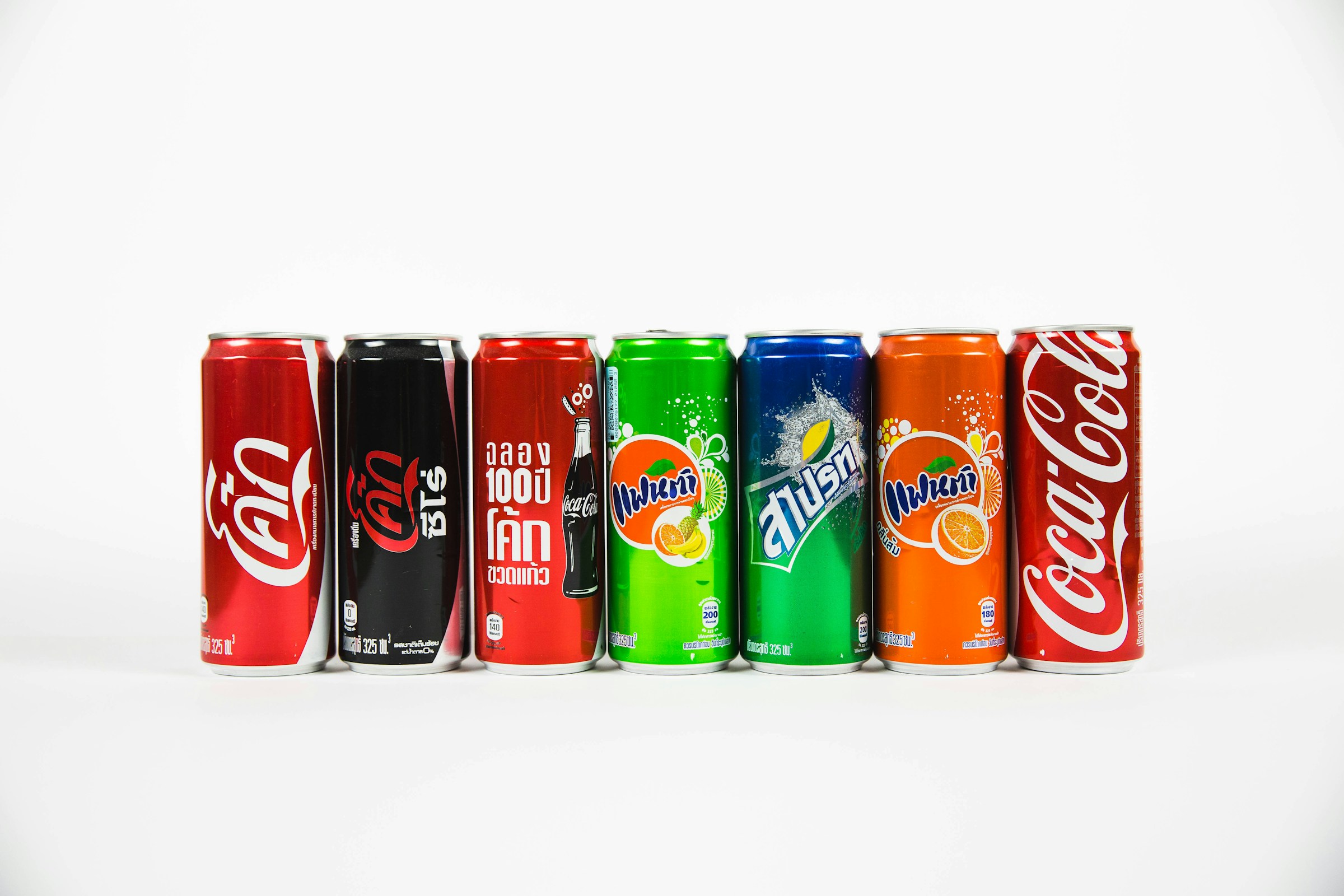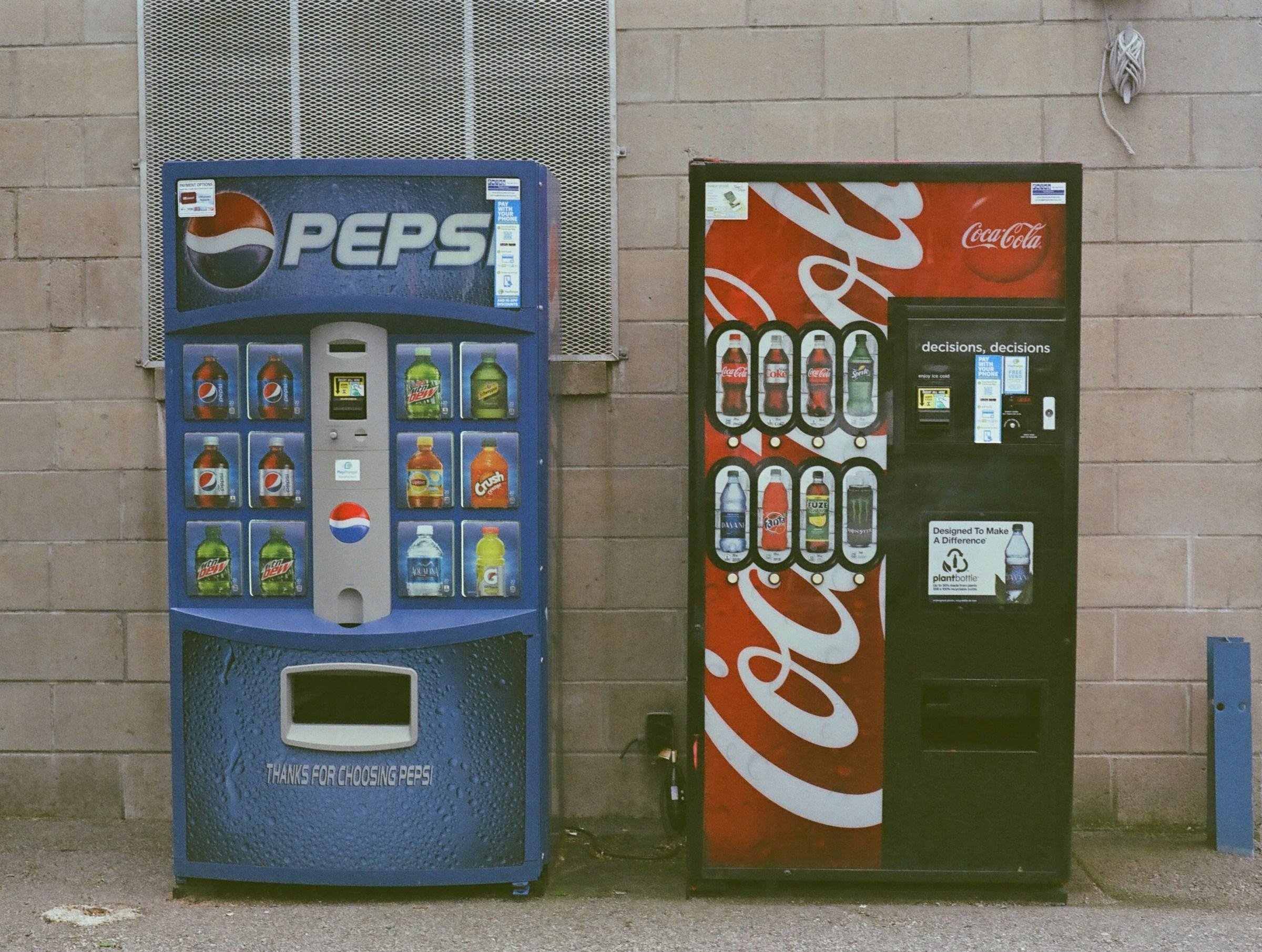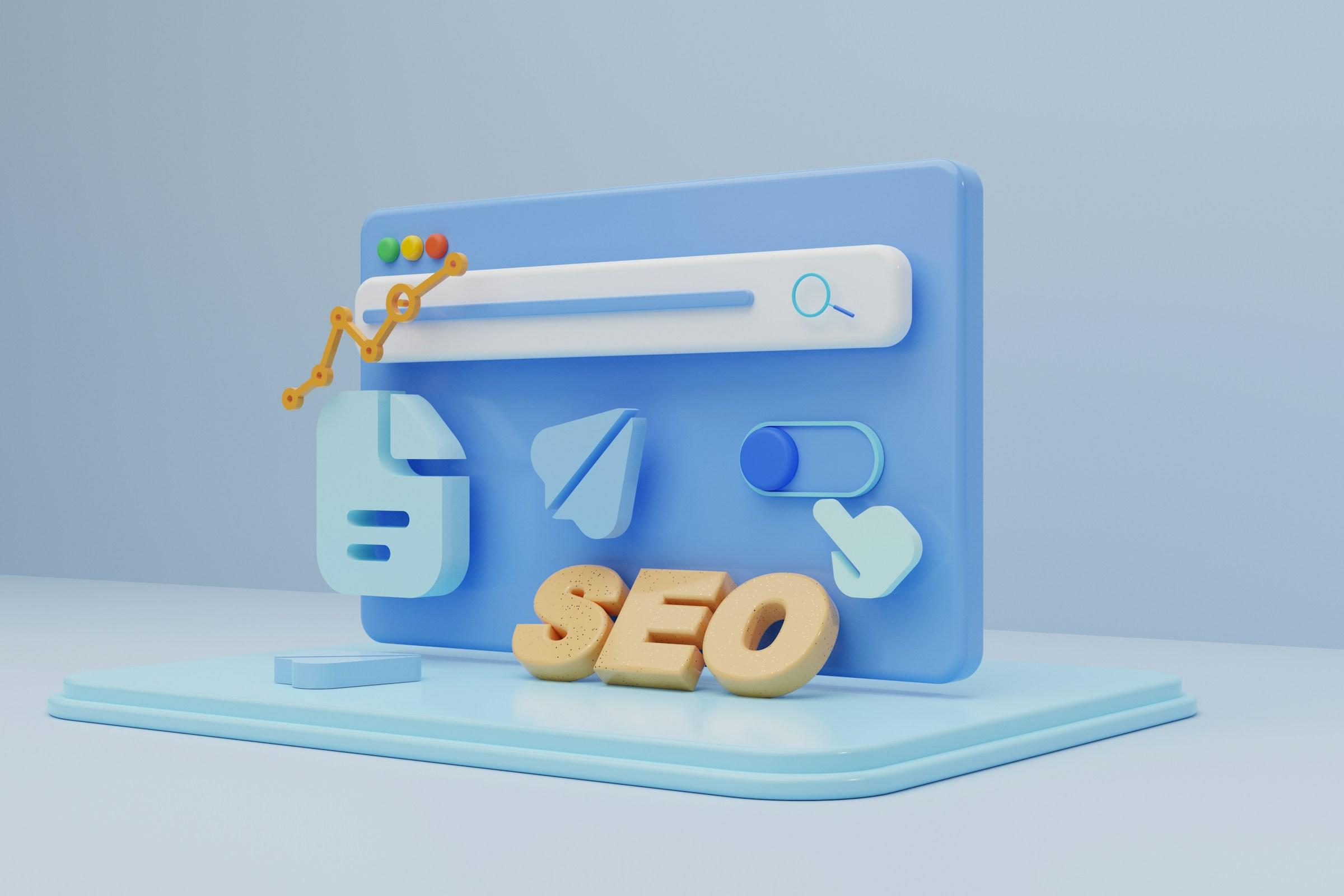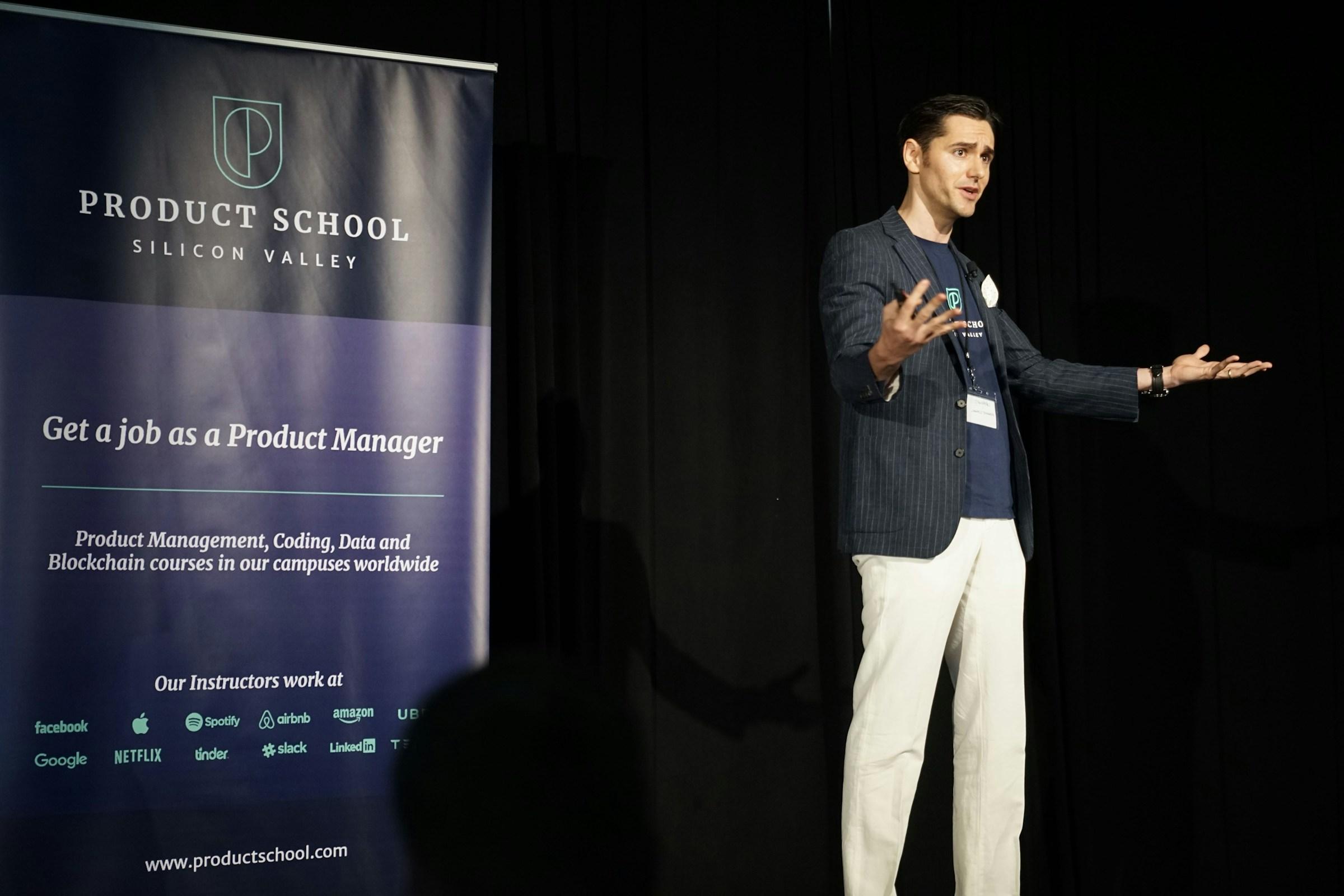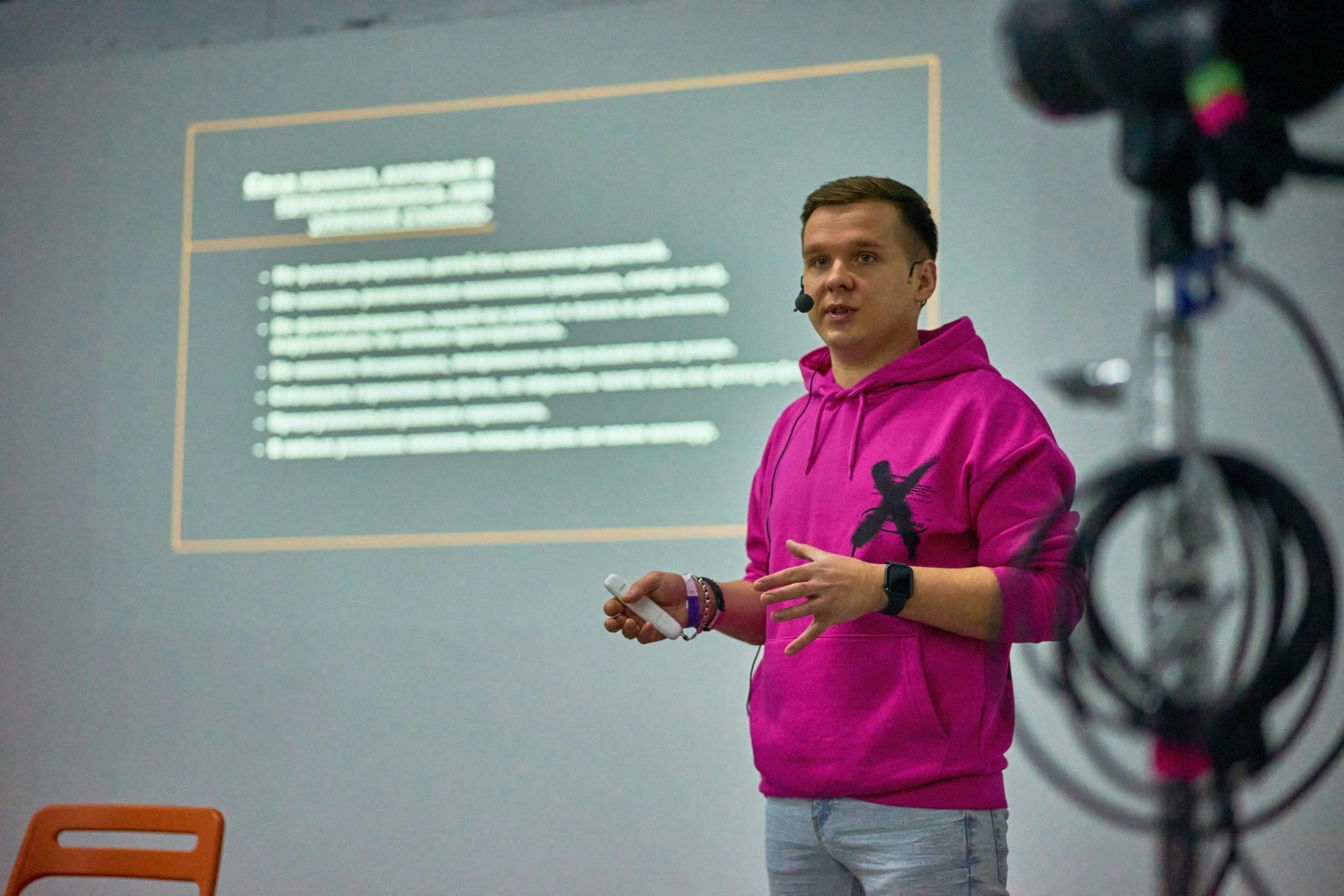I used to think rivalry was a sign that something had gone wrong. A competitor would release a lookalike feature or announce a price cut, and the adrenaline spike felt like a fire alarm that would not switch off. Over time, after a few bruising cycles in crowded categories, I learned a quieter truth. Rivalry is not an emergency. Rivalry is a teacher. When two companies push against each other with intent, the friction creates clarity. That clarity, more than any clever campaign, is what customers feel first. Prices inch toward what is fair. Product choices sharpen. Service becomes less theatrical and more reliable. If you strip away the egos, corporate rivalries can be a public good operating inside private firms, and the primary beneficiaries are the people who pay the bills every month.
The emotional side arrives before the strategic side. A rival’s move always lands like a personal slight. You see their update notes and imagine your pipeline evaporating. Panic wants to hijack the roadmap. Panic wants to add every shiny feature you once said no to. None of that helps a customer who just wants a faster, cleaner, more predictable experience. Consumers benefit when a company metabolizes the fear and returns to first principles. What job are people hiring this product to do. What are they tired of tolerating. Which promises feel clear, and which still carry a caveat that only shows up after the credit card form. Rivalry turns these questions from nice to have reflections into urgent work. The answer is not louder marketing. The answer is fewer steps, shorter loading times, plainer language, and pricing that reads like respect.
The first gift rivalry gives to customers is a sharper product. Every category collects vanity features that look impressive in a keynote but gather dust in real life. When a competitor opens a gap, vanity becomes expensive. The team has to decide what truly moves the needle. This pressure compresses cycles and forces tradeoffs that were easy to dodge when the market felt sleepy. You stop gilding the edges of low value functions and redirect energy into the two or three moments in the journey where a person either sighs with relief or decides to churn. Customers feel that shift the next time they log in. The menu is cleaner. The default settings are more thoughtful. The things they used to wrestle with behave the way they assumed they would in the first place.
Pricing is the second gift, although it can look messy from the outside. Superficial price wars can hurt people when they hide future hikes inside legalese. The constructive form of price competition looks different. It happens when both firms tell the truth about the real cost to deliver the promise, then design operations that lower those costs without eroding the experience. The reductions flow through as clearer tiers, fewer tricks, and an easier path to cancel if life changes. People are not only sensitive to price levels. They are sensitive to volatility and surprise. Rivalry can discipline a market to publish the math and hold the line. You see it in transparent add ons, in honest usage thresholds, and in policies that treat long term customers like adults. In the short term it may look less exciting than a headline discount. In the long term it builds habit and trust, which is the quiet dividend consumers enjoy when a market matures under pressure.
Service quality is the third gift, and it tends to accelerate once the product is no longer carrying the weight of ego. A competitor shaves onboarding from seven steps to three, and suddenly a five minute activation feels like an eternity. The comparison is not theoretical. It is visceral. It removes the last excuses a team might cling to in order to delay the unglamorous fixes. Tickets that linger now look like broken promises. Documentation that assumes insider knowledge gets rewritten in plain speech. Support hours expand where volume is highest rather than where staffing is easiest. You can observe the feedback loop tightening. A frustration appears in the morning, gets triaged by lunch, and becomes a shipped improvement by the end of the week. People do not write love letters to companies for this. They do something better. They stop complaining because the product gets out of their way.
Rivalry also purges language that grew too comfortable. Every company has a phrase it leans on when it cannot find the courage to speak in numbers. Seamless. Intuitive. World class. When another firm claims the same adjectives, the words lose their power. The only way to stand out is to get specific. Say how many screens you removed. Say how many minutes you saved on a common task. Say how many days a refund takes and keep the promise. Consumers benefit because they can finally compare apples to apples. They no longer have to decode aspirational copy in order to make a practical choice. Clarity reduces regret, and regret is one of the largest hidden costs in any purchase.
There is a talent dimension that customers feel without seeing. Rivalry has a way of exposing weak leadership. Chaos becomes expensive, and people with options do not invest their best work in a team that never picks a lane. The leaders who survive competitive seasons are the ones who narrate constraints calmly, sequence work without drama, and shield deep focus from the churn of opinions. When this happens, what the outside world meets is a calmer product. The release cadence steadies. Alerts are less frantic. Outages become rare and short. Stability is not glamorous. It is, however, the foundation of trust. A product that simply works on a Tuesday night after a long day is a consumer benefit that never appears in a billboard, yet it is the reason people stay.
A mature rivalry also teaches both sides to respect the boundary between competition and hostility. There is always a temptation to win by inflicting pain rather than creating value. You can delay an integration that your shared customers rely on. You can change an API without notice. You can play games with compatibility that generate social media points while quietly burning trust. The short term thrill is real. The long term cost is larger than any single quarter can measure. Consumers are not pawns. They carry the memory of how a company behaved when it felt pressured. Markets reward firms that play hard without playing dirty. The reward shows up not in slogans but in the willingness of customers to forgive the next mistake because they believe the intent was honest.
It is worth pausing on what rivalry looks like in places where capital is not assumed to be infinite. In Southeast Asia and similar ecosystems, founders who grew up inside constraint often display a stronger muscle for unit discipline. They do not reflexively subsidize price to cover strategic confusion. They cut waste before they cut value. When a competitor enters, the instinct is not to scorch the earth but to rebuild the cost structure so that fair pricing is sustainable. This matters for consumers because it reduces the risk of sudden whiplash when macro conditions turn. It also matters for teams because it keeps the company from chasing vanity metrics that explode later in the form of broken promises.
If you are in the middle of a rivalry, the practical steps that help customers are less glamorous than the panels and podcasts suggest. Start by capturing the fear and getting it out of your decision loop. Write down what you are afraid of, share it with the few people who need to see it, and then return to the work. Ask which exact claim your competitor made clearer than you did. Ask where they removed friction that you still tolerate. Ask what small, obvious improvement you can ship in the next two weeks that does not require a tutorial to appreciate. You will notice a pattern. The things that most improve a customer’s day are rarely the things that draw the most applause inside your own walls.
Language deserves a fresh pass in rivalry seasons. Your message may not be wrong. It may simply be vague. Replace the warm fog of adjectives with numbers, examples, and proof. Speak in outcomes. Do not tell me that your service is premium. Tell me that refunds take two days, not seven. Do not tell me that your security is robust. Tell me what certifications you hold and how often you run drills. When two firms do this at once, the market gets smarter. People need less time to compare. Bad actors have less room to hide. The result is a healthier information environment that protects consumers from regret and protects good companies from being drowned out by noise.
There is a question that founders love to ask around this point. Should we talk about our rivals in public. The honest answer, nine times out of ten, is no. Talk about your customers. Talk about their jobs. Talk about the tradeoffs you navigate and the constraints you respect. Rivalry is the context, not the content. Let users draw the comparison. They are better at it than you are, and they carry no incentive to distort the story. What lands in the hands of the market is not your clever thread. It is your next release and whether it keeps a promise without drama.
Undercutting deserves a final note. It feels like a gift when a company slashes prices to win attention. If the math does not work, the bill shows up in one of two forms. Either the service degrades in ways that take months to notice, or the price snaps back with surprise fees that people only discover after they have reorganized their workflow around you. The courageous move is to publish the cost drivers you can control, show what you have already done to reduce them, and commit to passing savings through in visible ways. That approach turns price from a weapon into a conversation about design and operations. It treats customers like adults and invites them to hold you accountable to the logic you claim to believe.
The compounding benefit of rivalry is easiest to miss because it accrues in increments. A better help article published today. A clearer cancel path next week. An onboarding prompt that asks for one less permission the week after. Each change is small enough to ignore if you are chasing a headline. Together, they transform the feel of a product in the hands of a tired person who just wants to get something done before bed. That feeling is value in its purest form. It is also the hardest outcome to fake when two strong players are pushing each other to grow up.
There is a danger inside rivalry that has nothing to do with markets and everything to do with identity. You can measure your life by a graph that only moves when a competitor suffers. You can borrow goals that have nothing to do with the people you serve. If you stay in that posture long enough, you forget how to build for anything other than someone else’s pain. Consumers do not care who wins your private scoreboard. They care whether the experience in front of them keeps a promise in a way that fits their day. The most humane decision a company can make in a rivalry is to keep the user at the center of every tradeoff. The work becomes calmer. The path becomes clearer. The value becomes obvious without a tutorial.
So the question returns with less heat and more precision. How do corporate rivalries help consumers. They help by forcing companies to practice clarity. Clarity in the roadmap that kills features nobody uses. Clarity in pricing that reads like respect rather than a puzzle. Clarity in service that treats time as the most precious resource in a person’s life. Clarity in leadership that protects the quiet conditions where good work gets done. When two players choose this path, everyone wins more often. The teams get better. The products grow up. The market becomes a little kinder. Most of all, the people who trusted you with their time and money feel the benefit first, long before anyone declares a winner.
If you are living through your first real rivalry, breathe. Write down the fear, then set it aside. Ask for the smallest improvement you can ship that a normal person will notice without being told. Rewrite one claim in plain outcomes. Remove one screen from a common flow. Publish one piece of pricing logic you used to hide. Do that on repeat and you will find yourself in a different story. It will not be a story about who outshouted whom. It will be a story about how competition made you truer to the job you were hired to do. That is the kind of rivalry that changes a market for the better. That is the kind of rivalry consumers quietly celebrate every time they choose to stay.



